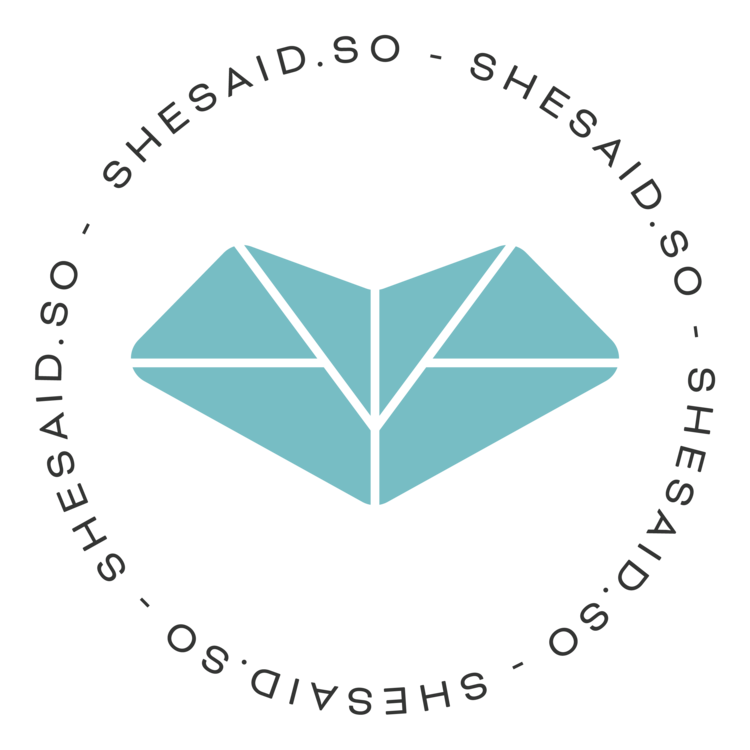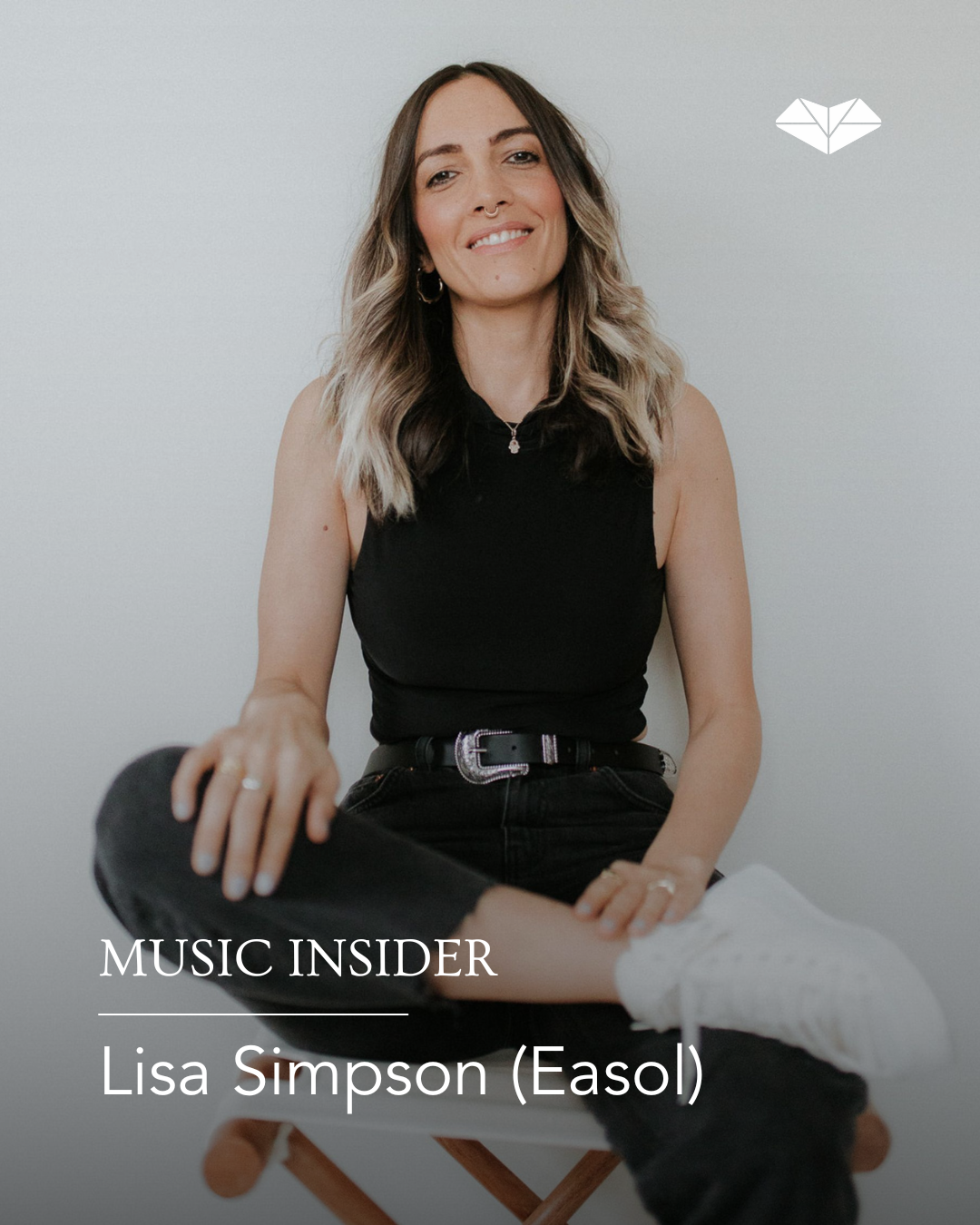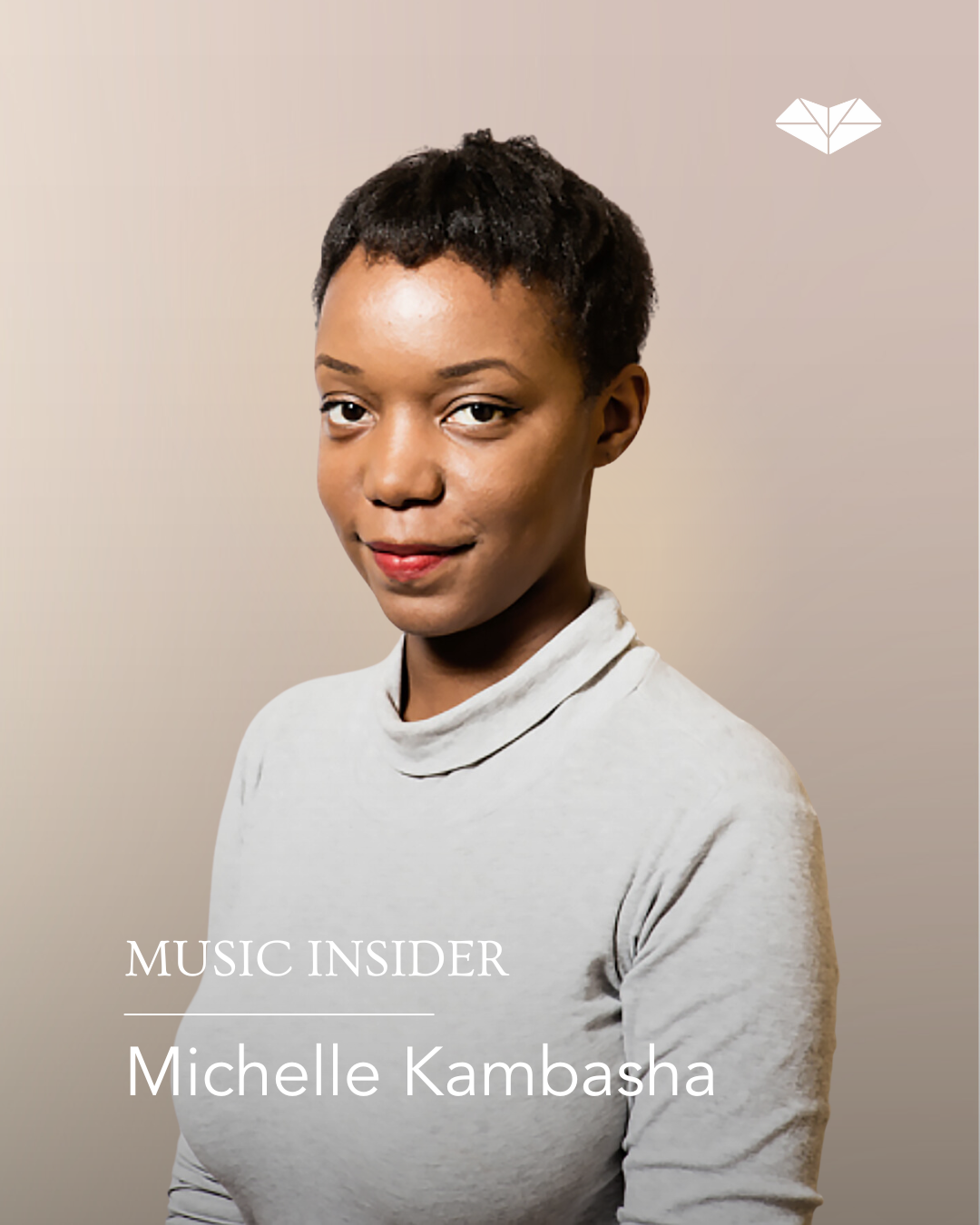Amanda Barker is a tour and operations manager with over a decade of experience working with some of the biggest names in music. She began at Ibiza Rocks Group, where she was Chief Artist Liaison before becoming Operations Manager, overseeing shows for artists like Ed Sheeran, Biffy Clyro, and David Guetta.
From there, she moved into touring full-time, taking on roles such as Tour Manager for Alison Wonderland, Production Assistant on Bastille’s Wild Wild World tour, and Tour Coordinator for Harry Styles’ Treat People With Kindness tour.
She currently works as the Day-to-Day and A-Party Tour Manager for Becky Hill, where she manages tour logistics, artist schedules, marketing timelines, and on-site support.
Amanda has also worked with Il Divo, Jess Glynne, Jason Derulo, Paloma Faith, Ellie Goulding, Noah & the Whale, Peter Andre, and The Specials. Known for her sharp logistical skills and calm approach under pressure, she’s become a trusted presence in live music operations.
How did you get your start in music?
When I was 22, I was living in Mallorca and heard that Ibiza Rocks Group were opening a hotel there. They were looking for an Artist Liaison to look after their booked talent. I didn’t even know what that role really meant at the time, but I knew I loved working with people and I had a driver’s license, so I went for it, and got the job! After a couple of years, I was promoted to Production Manager, which meant I was pretty much running the entire event. That role introduced me to loads of Tour and Production Managers, and those connections eventually led me to life on the road.
Describe a day in your life as tour manager.
These days, my role has evolved more into day-to-day management, but I still take on a tour management role for Becky, specifically looking after her and the artist party, while our lead Tour Manager, Emily Holt, oversees the wider tour operation.
A typical day on the road starts early. If we’re not heading to an airport, Becky and I usually try to fit in some exercise, a run or a gym session, depending on where we are. From there, I’m making sure everyone’s where they need to be, that Becky’s got everything she needs, and that the day runs smoothly from soundcheck to showtime. I’m the main point of contact for the artist side of things, so I’m juggling logistics, energy, and wellbeing all at once.
No two days are ever the same, but that’s what keeps it exciting. It can be full-on, but it’s such a privilege to be part of making live shows happen from behind the scenes.
Outside of touring, as a day-to-day manager, I’m across everything from scheduling and travel to brand partnerships, releases, and long-term planning. It’s about making sure every piece of the puzzle fits together so the artist can focus on the creative. It’s definitely a juggling act, but I love being that steady presence behind the scenes.
Amanda Barker & Becky Hill
What’s the most exciting part of managing Becky Hill’s live operation right now — any moments or milestones you're especially proud of?
When I first started Tour Managing Becky in 2019, it was just the two of us, a DJ, and two backing vocalists, traveling around in a splitter van. To think about how far we've come since then is honestly surreal.
We've played Glastonbury, toured Europe, Australia, New Zealand, and the U.S., and recently sold out a UK arena tour with a team of 70 people, it’s been such an exciting ride. Every milestone feels like a huge achievement, and I’m incredibly proud of the growth, not just in the live shows but in the entire operation.
Off the stage, Becky’s had two top 10 albums, countless hit records, and won two BRIT Awards, which really shows how impactful the management side has been too. The rewards of being part of her team go far beyond the live shows, it’s about seeing her artistry and success flourish across the board. The most exciting part is watching how both sides of her career, live performance and music, continue to intersect and elevate each other.
And of course, building a solid, dynamic team that supports all of that along the way is something I’m especially proud of.
What’s one lesson from your early days in the industry that still shapes how you run a tour today?
One of the biggest lessons I learned early on is the importance of flexibility and staying calm under pressure. When I started in the industry, I didn’t have the big team or the resources we have now, so it was all about making do with what we had and being resourceful. Things rarely go according to plan on the road, and learning to adapt quickly while keeping a level head was crucial.
Now, I approach every tour with the mindset that no matter how well you plan, something unexpected will come up. It’s about finding solutions fast, keeping the vibe positive, and remembering that at the end of the day, it’s all about the music and the experience for the fans. That lesson of staying adaptable, keeping calm in chaotic moments, and managing the energy of the team is something that’s shaped how I run tours today.
You’ve gone from artist liaison to managing major global tours — what’s the key to building trust with artists and their teams?
Building trust with artists and their teams is all about consistency, clear communication, and respect. When I first started in the industry, I quickly learned that you can’t just be the "person in charge" you need to build relationships based on understanding and reliability.
Artists are incredibly busy and often under a lot of pressure, so knowing they can trust me to handle things behind the scenes allows them to focus on their craft. It’s not just about managing logistics, it’s about understanding their needs, personalities, and creative processes. Being a steady presence who is proactive and responsive, especially in high-stress moments, helps build that trust.
Over time, as I’ve worked on bigger tours and with more complex teams, I've found that it's also key to be a good listener and to foster a positive, supportive atmosphere. People perform better when they feel understood, valued, and supported - whether it’s the artist or the crew. Trust grows when everyone feels like they’re part of a team working towards the same goal.
What advice would you give to women who want to break into tour management or live production?
My advice would be to jump in and gain as much hands-on experience as possible, don’t be afraid to start from the ground up and work your way up.
The live production world can be daunting, but the best way to prove yourself is by being reliable, proactive, and willing to learn at every level. Whether it's working as a production assistant or volunteering at shows, those early experiences will give you the foundation to understand what’s involved in running a tour.
Equally important is building confidence in your own abilities. The industry can sometimes feel like a male-dominated space, but the skills we bring to the table; attention to detail, multitasking, communication and the rest, are unrivalled and completely invaluable.
Don’t second-guess yourself, and don’t be afraid to speak up and ask questions. Lean on people, finding a mentor or a supportive community of women in the industry can be a game-changer. There are so many opportunities out there, and having women who support each other makes the journey a lot more rewarding.
Lastly, stay passionate and persistent. The road isn’t always easy, but the sense of accomplishment you get at the end of the day, standing back, watching an audience light up and knowing you’ve helped bring that show to life, is something else.
What’s one item you never go on tour without?
Definitely my noise-canceling headphones. Whether it’s on the plane, on a tour bus, taking a call or just trying to block out the chaos , they’re my lifeline. Touring can get hectic, so having that little bit of peace and quiet is essential for staying grounded. Plus, they help me zone into music or whichever meditation i’m listening to, which is always a great way to reset during the madness.
After a long run on the road, what’s your go-to ritual to reset and recharge?
After a long stretch on the road, my ideal ritual is to head out to the countryside with my partner. There’s something incredibly refreshing about being surrounded by nature, away from the chaos. It’s super easy to get caught up in the intensity of tour-life so I find it’s the perfect way to reconnect, reset, and put things into perspective a little bit. It’s only ‘rock n roll’ after all.
Sleep is definitely a priority too, I catch up on rest and let my body fully recharge. I also focus on getting back into a routine, whether it’s a good workout or just cooking at home. It’s all about finding that balance and grounding myself after the intensity of life on the road.













































